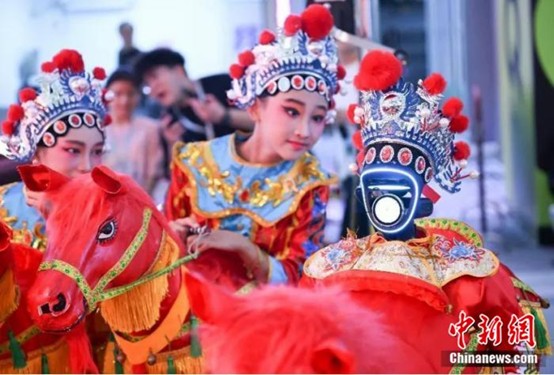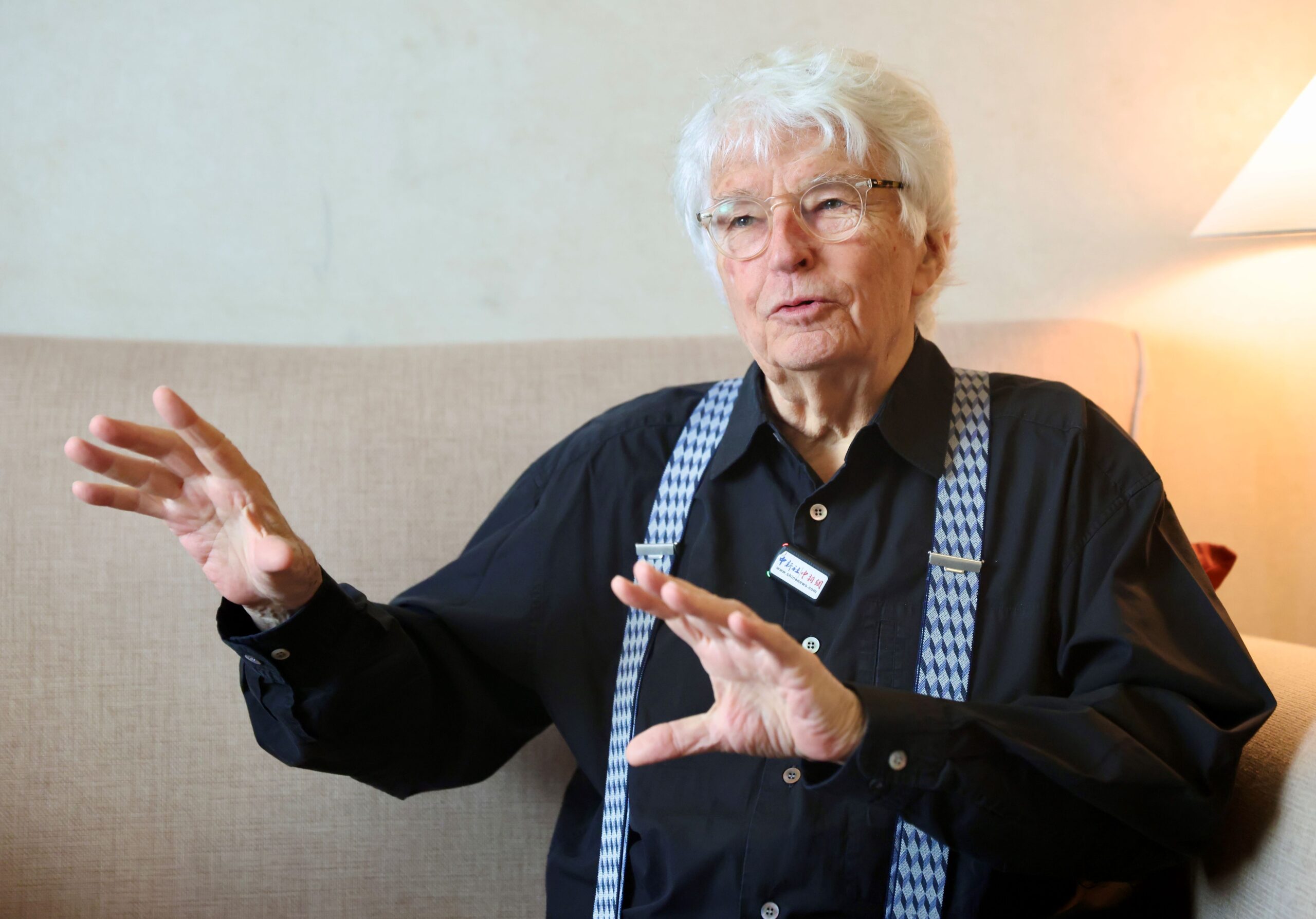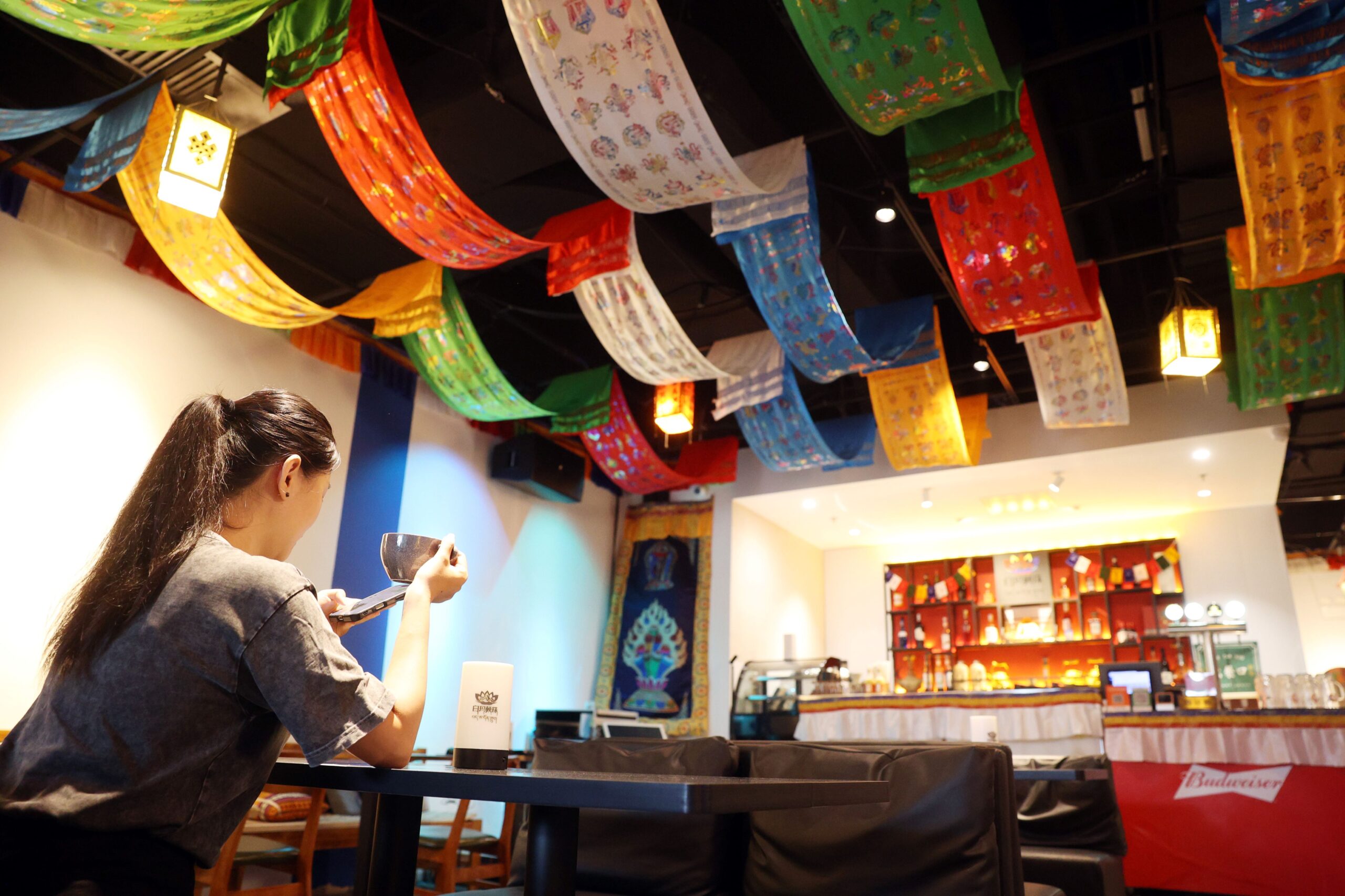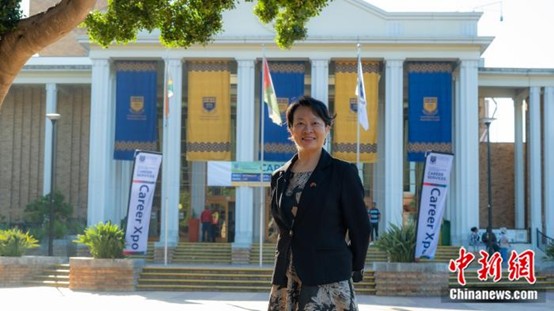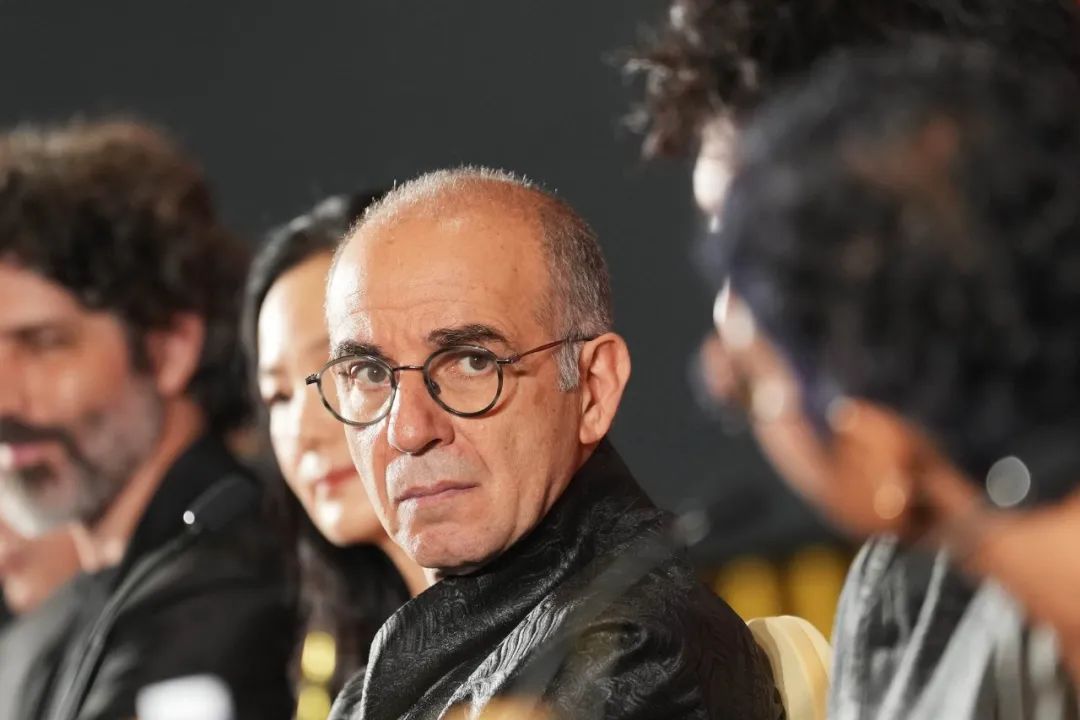As a vital component of China’s outstanding traditional culture and the reflection of Chinese wisdom, intangible cultural heritage not only embodies human cultural diversity and creativity but also serves as a significant manifestation of the Chinese national identity and cultural confidence, as well as the long-lasting root of Huaxia civilization.
The qualification of a gentleman is not different from the average person, but the gentleman is good with the help of external objects.’ In today’s world where digitalization is sweeping the globe alongside the rapid development of social media networks, short videos, and live streaming industries, modes of communication are undergoing profound changes. People must adopt the mindset of ‘making good use of external objects’ by leveraging digital media to promote the intergenerational safeguarding and continuous transmission of intangible cultural heritage, enabling China’s ICH to be better known across the world.
Digital technology is the key driving force in the dissemination of intangible cultural heritage.
Blue Book of Intangible Cultural Heritage Dissemination in China 2024 indicates that the protection of ICH attracts keen attention and broad participation from all sectors of society. Across various regions, proactive integration of ‘ICH + Internet’ is being advanced through various means such as online live performances, short videos, and e-commerce consumption to better incorporate the China’s outstanding traditional culture into modern life, making it closer the public, especially younger generations, and further exemplifying the protection philosophy of ‘Seeing people, Seeing things, and Seeing life.’
Digital technology is the key driving force in the dissemination of intangible cultural heritage.
Innovative methods such as special effects animation, AI tools, crossover performances, and IP engagement have endowed the ancient intangible cultural heritage with a new ‘appearance.’ Digital technologies such as AR and CG further provide directions for the creative transformation and innovative development of traditional culture. The dissemination of intangible cultural heritage continuously gains widespread popularity, realizing new approach in protection and inheritance methods through cross-sector integration. Various ‘ICH+’ models, such as ‘ICH + cultural creativity’ and ‘ICH + technology,’ promote the vitality of ICH dissemination.
Short video platforms become important arenas for the dissemination of intangible cultural heritage. Many platforms possess unique advantages and characteristics in disseminating ICH content, marketing ICH products, and boosting the traffic to representative inheritors of intangible cultural heritage. Initiatives such as the ‘ICH Partner’ program and the ‘New Urban Craftsmen Support Program’ are public welfare projects launched by various online platforms specifically for representative inheritors of intangible cultural heritage and artisans. These programs support inheritors’ comprehensive development through training courses and traffic boosting. Over the past year, platforms posted more than 200 million new videos related to national ICH, marking a 31% year-on-year increase, while the number of ICH video creators born after 2000 has surged by 95%.
Live-streaming e-commerce, a major focus of leading online platforms, catalyzes the expansion of new sales channels for ICH products. Representative inheritors of intangible cultural heritage can connect directly with consumers, receiving audience demands and feedback in no time. Previously fragmented and scattered ICH products can now reach consumers more widely and precisely. Certain platforms offer training to representative inheritors of intangible cultural heritage, helping them master store opening and operational techniques, overcoming challenges in product sales, thereby realizing the digital dissemination of ICH and the innovative transmission of craftsmanship. The annual transaction volume of ICH-related products has surpassed one hundred billion RMB.
Among these, time-honored ICH brands have emerged as a dynamic force in promoting the popular style that incorporate Chinese traditional culture. Numerous time-honored enterprises have revamped their previously singular and outdated marketing approaches by utilizing offline exhibitions in new ways including online live streaming, short videos, and other marketing promotions. They establish dedicated live streaming teams, developed mini-program malls, and explored community marketing, effectively revitalizing the dissemination of time-honored brands. An increasing number of people are drawn to offline ICH stores and participate in ICH activities due to online ICH content, making intangible cultural heritage a new highlight that attracts tourists across various regions.

Encouraging more young people to engage in the dissemination of ICH
ICH faces numerous challenges amid the waves of modern social development. Some traditional crafts techniques lack successors, and certain projects are at risk of extinction. Against this backdrop, the China Intangible Cultural Heritage Safeguarding Association launched the ‘Youth ICH Video Creation Incubation Project.’
Young people are key forces in the protection and transmission of intangible cultural heritage. They are also the most active group on the internet. Video is the most vivid, intuitive, and powerful medium for disseminating intangible cultural heritage, capable of transcending time and space to showcase the charm of ICH to the world through vibrant visuals and compelling narratives.
The ‘Youth ICH Video Creation Incubation Project’ aims to establish a communication platform for young representative inheritors of Intangible Cultural Heritage and Video Creators, providing a showcase and dissemination window for the project.
This initiative also aims at supporting the development of young representative inheritors of Intangible Cultural Heritage and video creators by capitalizing on a prominent trend, namely the surge of short video network dissemination. It addresses a key challenge to overcome difficulties that inheritors face in video creation and the use of network technology, as well as the shortage of intangible cultural heritage resources and channels available to outstanding video creators. It establishes a mechanism for ‘bidirectional, regular, and diversified’ communication, training, interaction, and collaboration between inheritors and video creators a cultivates an ecosystem consisting of the ‘Representative Inheritor of Intangible Cultural Heritage, video creators, platforms, associations and the society.’ Furthermore, an incentive mechanism will be established to reward outstanding works, creators, and inheritors.
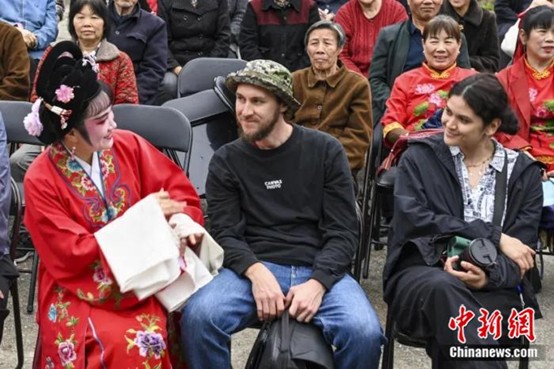
Intangible Cultural Heritage fosters greater empathy and resonance through the mutual learning of civilizations.
Featured by Li ziqi, a group of short video creators have been continuously gaining widespread popularity in traditional culture through innovative practices combining ‘ancient craftsmanship with new expression,’ garnering significant attention overseas.
At present, ‘globalization,’ ‘multipolarity,’ and ‘anti-globalization’ are intertwined. Exchanges and mutual learning of civilizations become increasingly relevant. Intangible cultural heritage from various countries, rooted in everyday life, fosters empathy, resonance and harmony. Currently, many popular short videos about Chinese intangible cultural heritage circulate on overseas social platforms, where online audience from various countries predominantly express recognition and appreciation in the comments, reflecting the cultural appeal.
China is one of the earliest signatories to the Convention for the Safeguarding of the Intangible Cultural Heritage. We possess profound and abundant intangible cultural heritage resources. To date, China has 44 items on the intangible cultural heritage list of the UNESCO, the most enlisted country in the world. There are over 100,000 representative intangible cultural heritage projects at the national, provincial, municipal, and county levels, and 23 cultural ecology protection experimental zones at the national level have been established, contributing a distinct ‘Chinese characteristic’ to World Cultural Diversity and offering ‘Chinese experience’ to global intangible cultural heritage protection.
For thousands of years, humanity’s pursuit of beauty and aspiration for a better life remain unchanged through the continuous dissemination of intangible cultural heritage. This shared trait enables us to envision a bright future of civilizational exchange, mutual learning, and the development of an inclusive and open world. The inclusiveness, coexistence and mutual learning among different civilizations play an irreplaceable role in promoting the modernization of human society and enriching the global garden of civilizations.
Everybody cherishes his or her own culture/values, and if we respect and treasure other’s culture/values, the world will be a harmonious one, which was said by Fei Xiaotong, still have some influences at present. In an era where the futures and destinies of all countries are closely interconnected, the diversity and prosperity of global civilization be achieved only by recognizing world cultural diversity, respecting the cultures of all ethnic groups, drawing strengths from diverse civilizations, and jointly addressing the common challenges faced by humanity.
If you liked this article why not read: How Does Overseas Chinese Language Education Promote People-to-People Exchanges Between South Africa and China?

